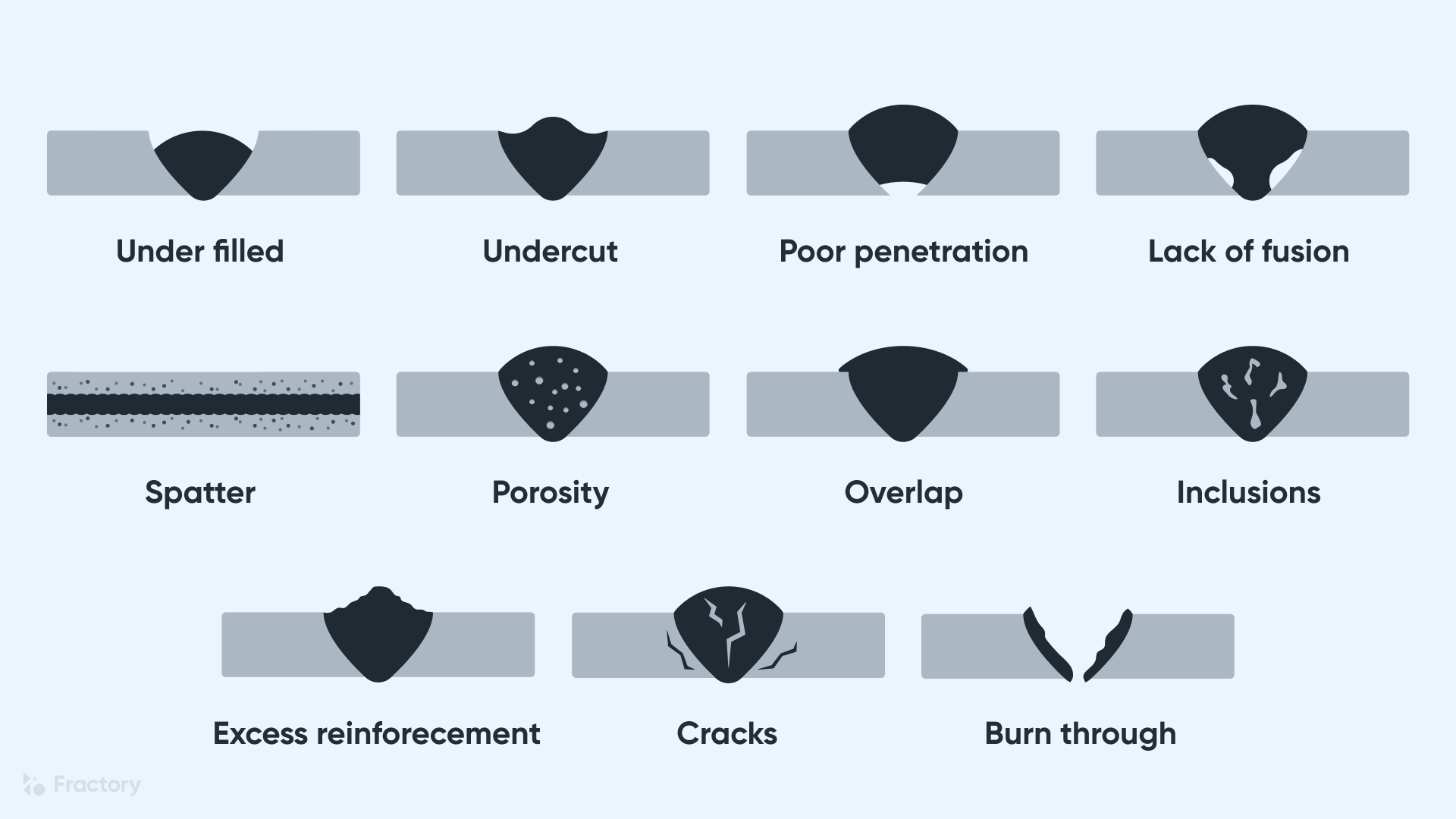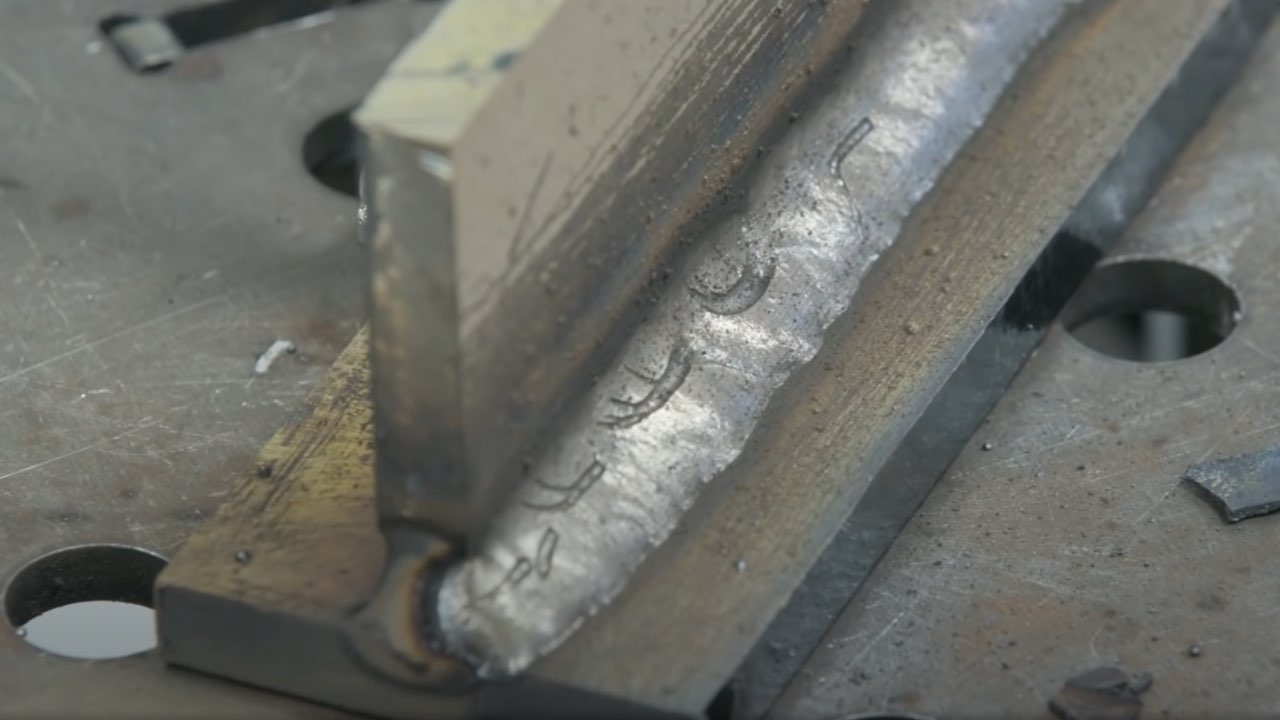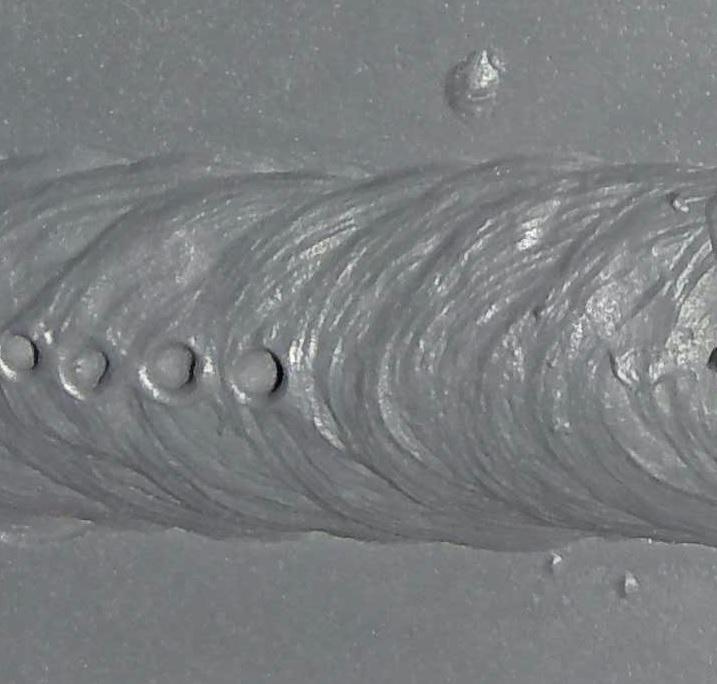Comprehending Porosity in Welding: Exploring Reasons, Results, and Prevention Strategies
Porosity in welding is a consistent obstacle that can substantially affect the high quality and integrity of welds. As professionals in the welding sector are well conscious, comprehending the causes, results, and avoidance strategies associated to porosity is important for accomplishing durable and trusted welds. By diving into the origin of porosity, analyzing its destructive impacts on weld top quality, and discovering effective avoidance strategies, welders can enhance their expertise and abilities to generate high-quality welds continually. The detailed interaction of variables adding to porosity needs a thorough understanding and a positive approach to ensure effective welding results.
Usual Reasons For Porosity
Porosity in welding is mostly triggered by a combination of variables such as contamination, incorrect securing, and inadequate gas insurance coverage throughout the welding process. Contamination, in the kind of dirt, oil, or rust on the welding surface, creates gas pockets when warmed, causing porosity in the weld. Improper securing takes place when the shielding gas, generally used in procedures like MIG and TIG welding, is unable to totally safeguard the molten weld swimming pool from reacting with the surrounding air, leading to gas entrapment and succeeding porosity. Additionally, insufficient gas protection, commonly as a result of incorrect circulation prices or nozzle positioning, can leave components of the weld unprotected, allowing porosity to form. These elements collectively add to the formation of voids within the weld, compromising its stability and potentially triggering architectural issues. Recognizing and attending to these common causes are important action in avoiding porosity and ensuring the top quality and toughness of bonded joints.
Results on Weld Quality
The presence of porosity in a weld can considerably jeopardize the general high quality and integrity of the bonded joint. Porosity within a weld develops voids or cavities that weaken the framework, making it much more prone to cracking, deterioration, and mechanical failing.
Moreover, porosity can hinder the efficiency of non-destructive testing (NDT) strategies, making it testing to detect various other problems or suspensions within the weld. This can bring about significant safety and security issues, especially in critical applications where the architectural honesty of the welded elements is vital.

Avoidance Techniques Summary
Given the destructive effect of porosity on weld high quality, reliable prevention strategies are important to keeping the structural integrity of welded joints. One of the primary prevention techniques is comprehensive cleaning of the base products before welding. Pollutants such as oil, grease, corrosion, and dampness can add to porosity, so making certain a tidy work surface area is important. Correct storage space of welding consumables in dry conditions is additionally official site essential to stop wetness absorption, which can result in gas entrapment throughout welding. In addition, picking the proper welding specifications, such as voltage, existing, and take a trip speed, can help minimize the danger of porosity development. Ensuring sufficient protecting gas circulation and protection is an additional critical prevention strategy, as not enough gas protection can lead to atmospheric contamination and porosity. Correct welder training and certification are crucial for carrying out preventative actions properly and regularly. By including these prevention methods into welding techniques, the event of porosity can be substantially minimized, bring about more powerful and extra trusted welded joints.
Relevance of Appropriate Shielding
Appropriate protecting in welding plays an important duty in stopping atmospheric contamination and guaranteeing the stability of bonded joints. Shielding gases, such as argon, helium, or a combination of both, are frequently utilized to shield the weld pool from responding with components airborne like oxygen and nitrogen. When these responsive components enter contact with the hot weld swimming pool, they can trigger porosity, leading to weak welds with reduced mechanical homes.

Poor protecting can result in different problems like porosity, spatter, and oxidation, compromising read this post here the architectural stability of the bonded joint. As a result, adhering to correct shielding techniques is important to generate high-quality welds with minimal defects and ensure the long life and dependability of the bonded elements (What is Porosity).
Monitoring and Control Methods
How can welders successfully monitor and control the welding process to ensure optimum outcomes and protect against problems like porosity? By continually keeping an eye on these variables, welders can recognize variances from the excellent conditions and make immediate adjustments to avoid porosity formation.

In addition, applying proper training programs for welders is important for keeping track of and regulating the welding process efficiently. What is Porosity. Informing welders on the value of maintaining consistent specifications, such as correct gas securing and take a trip speed, can aid protect against porosity concerns. Normal assessments and qualifications can likewise make sure that welders excel in surveillance and managing welding procedures
Moreover, using automated welding systems can boost tracking and control capabilities. use this link These systems can precisely control welding specifications, lowering the probability of human error and making certain consistent weld top quality. By combining innovative monitoring technologies, training programs, and automated systems, welders can effectively keep an eye on and control the welding procedure to minimize porosity flaws and achieve high-grade welds.
Conclusion
